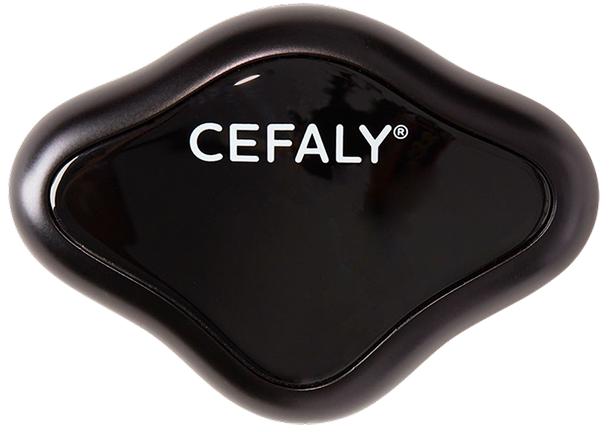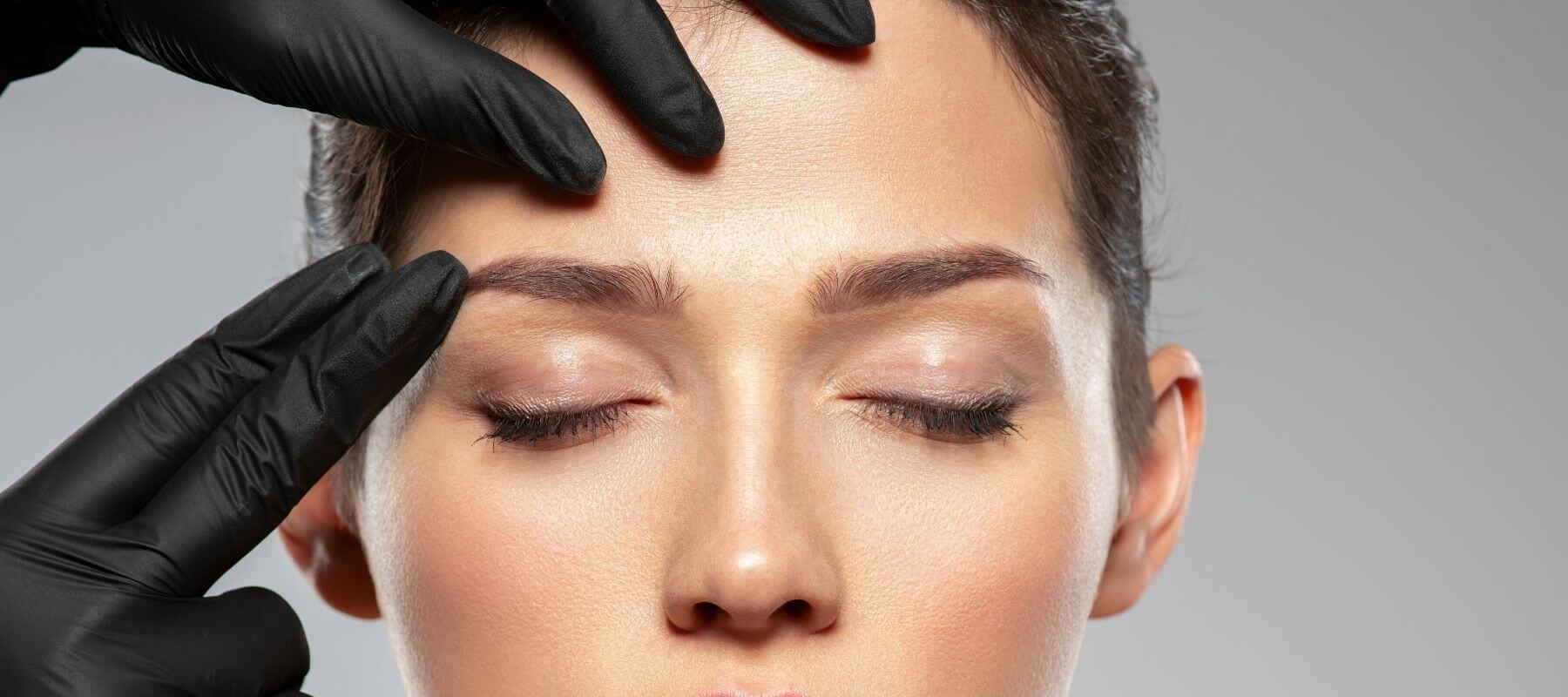Treating migraine successfully often means using more than one treatment method. You might have to test several medications, tweak your diet and schedule, identify and evade common triggers, try alternative treatments and continue to adjust your approach over time.
You may wonder: How does CEFALY fit into my treatment plan? If I begin using CEFALY for migraine prevention and migraine relief, do I have to stop using other treatments?
Here, we’ll review the basics and answer some questions we often hear from CEFALY users. Remember, your healthcare provider is the best person to give you specific guidance about how to add CEFALY to your migraine treatment plan.
Can you use CEFALY with Botox?
Yes. Our recommendation is to wait 48-72 hours after botulinum toxin injection to treat with the CEFALY device. But you can use both as part of your migraine treatment routine.
In simple terms, Botox helps prevent migraine by binding to nerves and temporarily dampening electrical signals in those nerves. The CEFALY PREVENT program, on the other hand, stimulates the trigeminal nerve in order to desensitize it over time.
There is no contraindication for using CEFALY with Botox, and CEFALY Technology has not received any reports of side effects or adverse events resulting from the use of both treatments together. Please consult your doctor before adding new treatments to your migraine relief program.
Can you use CEFALY with preventive migraine medication?
Because CEFALY is a drug-free medical device, it doesn’t interact with medications. CEFALY is an external trigeminal nerve stimulation (eTNS) device that sends tiny electrical impulses through an electrode positioned on the forehead to modify pain transmission and processing in the trigeminal nerve.
In some clinical trials, people have used CEFALY while also using preventive migraine medications, with no adverse effects. These medications include topiramates, beta-blockers, and certain antidepressants.
Other medications, such as anti-CGRPs and small molecule treatments, have not yet been tested alongside CEFALY in clinical trials. Talk to your doctor about using CEFALY if you currently use a preventive migraine medication.
Can you use CEFALY with acute migraine medication?
Talk to your healthcare provider about how you may safely use CEFALY with your prescribed migraine medication. No studies have been done in which people use acute migraine medication concurrently with CEFALY. However, study participants have taken abortive migraine medication after a CEFALY session with no adverse effects.
Compliant daily use of the CEFALY PREVENT program has been clinically proven to reduce intake of acute anti-migraine medication, as well as decreasing monthly migraine attacks and headache days. This is good news for many people with migraine, who often experience medication overuse headache and/or become resistant to acute migraine medications over time.
Get Drug-Free Migraine Relief With CEFALY
Shop Now
90-day money back guarantee
FDA-cleared
financing available
Can you use CEFALY with other medical devices?
We do not recommend using CEFALY alongside other medical devices for migraine, as the concurrent use of medical devices for migraine has not been studied in trials. If you currently use another medical device to treat migraine or other pain, such as a TENS (transcutaneous electrical nerve stimulation) device, REN (remote electrical neuromodulation) device, or eTNS device, you should discontinue use before beginning treatment with CEFALY. Consult your healthcare provider for advice when you’re beginning or ending use of any medical device for migraine.
Can you use CEFALY with alternative treatments for migraine?
It’s fine to use CEFALY alongside alternative treatments for migraine, such as meditation, acupuncture, cognitive behavioral therapy, stress relief techniques, etc. Combining alternative treatments with medical interventions is called an integrative approach to migraine treatment. Many people find that this kind of approach is really effective — not only in reducing migraine pain and attack frequency, but also in helping them manage symptoms and feel better overall.
The short answer to all these questions is: Talk to your healthcare provider! They can help you make the best decisions about how to add CEFALY to your migraine treatment program.














